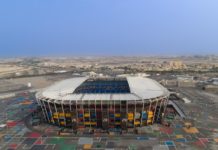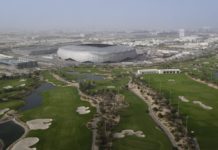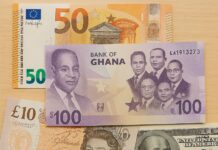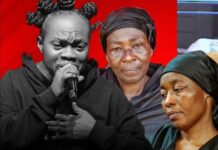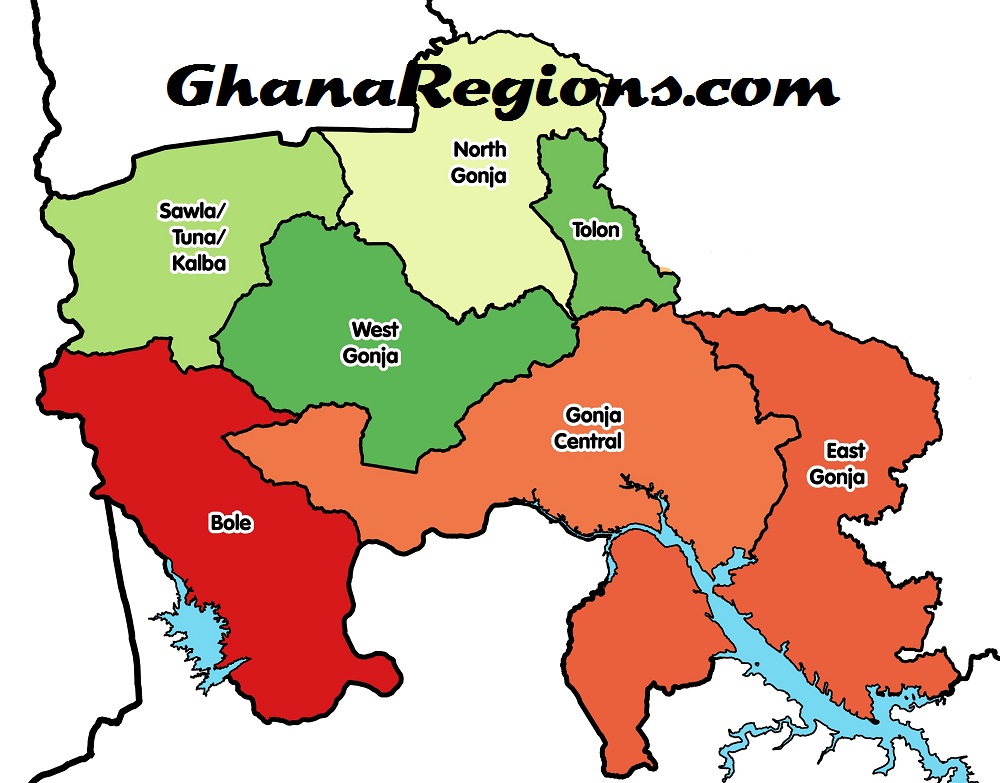
SAVANNAH, Having been curved out of the then Northern Region, the Savannah Region was established as a Region by Constitutional Instrument number one hundred and fifteen (C.I. 115) of 2019 with Damongo as the regional capital. Area code: 037; ISO 3166 code: GH-SV.
Ghana’s Savannah Region is one of the newest regions created and yet the largest region in the country. The creation of the Region follows presentation of a petition by the Gonja Traditional Council, led by the Yagbonwura Tumtumba Boresa Jakpa I.
Upon receiving favourable responses from all stakeholders in the Northern Region (the region it was broken off from), the Brobbey Commission (the Commission tasked with the creation of the new regions), a referendum was conducted on the 27th December 2018.
The result was a resounding yes of 99.7%.
The President of the Republic of Ghana signed and presented the Constitutional Instrument (CI) 115 to the Yagbonwura in the Jubilee House, Accra on 12 February 2019.
The launch was well attended by sons and daughters of Gonjaland including all current and past Mps, MDCEs and all appointees with Gonjaland descent. Damongo was declared the capital of the new Savannah Region.
It is located in the north of the country. The Savannah Region is divided into 7 districts; Bole, Central Gonja, North Gonja, East Gonja, Sawla/Tuna/Kalba, West Gonja, North East Gonja and 7 Constituencies; Bole/Bamboi, Damongo, Daboya/Mankarigu, Salaga North, Salaga South, Sawla/Tuna/Kalba and Yapei/Kusawgu.
History
A referendum on 27 December 2018 approved the creation of Savannah Region, with 206,350 (99.52%) votes in favour on a turnout of 81.77%. CI 115 establishing the Region signed and presented on 12 February 2019.
Geography and climate
Location and size
The Savannah Region is bordered on the north by the Upper West region, on the west by the Ghana-Côte d’Ivoire international border, on the south by the Bono and Bono East regions, and on the west by the North East and Northern regions. Savannah region is made up of 7 districts.
Climate and vegetation
The Savannah Region is much drier than southern areas of Ghana, due to its proximity to the Sahel, and the Sahara.
The vegetation consists predominantly of grassland, especially savanna with clusters of drought-resistant trees such as baobabs or acacias.
Between December and April is the dry season. The wet season is between about July and November with an average annual rainfall of 750 to 1050 mm (30 to 40 inches).
The highest temperatures are reached at the end of the dry season, the lowest in December and January.
However, the hot Harmattan wind from the Sahara blows frequently between December and the beginning of February. The temperatures can vary between 14 °C (59 °F) at night and 40 °C (104 °F) during the day.
Demographics
The Savannah Region has a low population density, and, along with the official language of English, most inhabitants speak a language of the Oti–Volta subfamily in the Niger–Congo language family, such as Gonja, Vagla, Dagbani, Mamprusi, or Tamprusi.
Religion
A majority of residents in the Savanna Region identify as Muslim.
Administrative divisions
The political administration of the region is through the local government system. Under this administration system, the region is divided into seven MMDA’s (made up of 0 Metropolitan, 2 Municipal and 5 Ordinary Assemblies). Each District, Municipal or Metropolitan Assembly, is administered by a Chief Executive, representing the central government but deriving authority from an Assembly headed by a presiding member elected from among the members themselves.
Districts of the Savannah Region
- Bole District with capital as Bole
- Central Gonja District with capital as Buipe
- North Gonja District with capital as Daboya
- East Gonja Municipal with capital as Salaga
- North East Gonja District with capital as Kpalbe
- Sawla-Tuna-Kalba District with capital as Sawla
- West Gonja Municipal with capital as Damongo



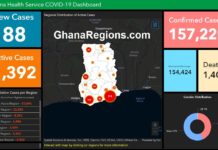
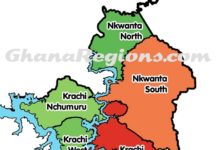
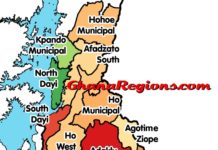
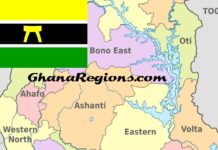












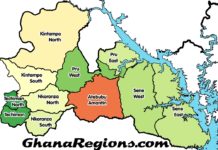
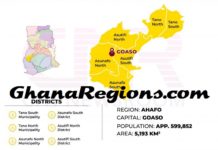


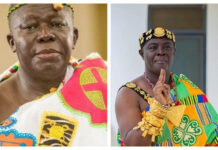


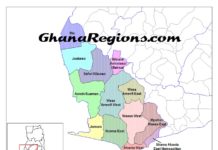
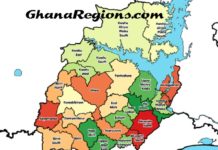








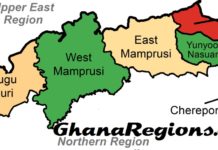

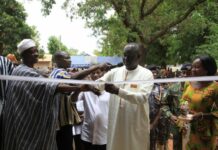










![Morocco knock out Spain on 3-0 penalties to reach FIFA World Cup 2022 quarter-final, Morocco vs Spain (0-0) (3-0) [Video]. Morocco knock out Spain on 3-0 penalties](https://ghanaregions.com/wp-content/uploads/2022/12/Watch-Morocco-vs-Spain-0-0-and-3-0-penalties-218x150.jpg)





